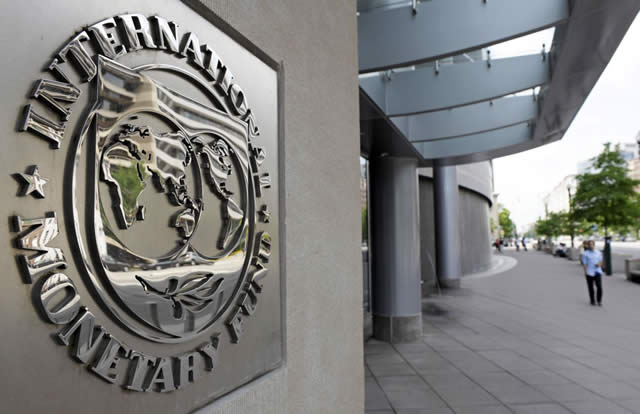
BY FIDELITY MHLANGA
THE International Monetary Fund (IMF) says Zimbabwe’s outlook remains uncertain, warning that the large fiscal adjustments needed will be politically and socially difficult to implement.
The fund recently approved a Staff Monitored Programme (SMP) for the southern African country which is battling to implement much needed reforms to balance its economy.
The southern African nation will not borrow externally and will cut reliance on the central bank to pay bills, a practice that has exacerbated Zimbabwe’s chronic currency crisis, during the staff-monitored programme in a bid to impose fiscal discipline that could earn it future funding, the IMF said in a report released yesterday.
The economy will contract by 2,1% this year but is seen rebounding with 3,3% growth in 2020. Inflation rate will average 80,86% this year and 49,61% next year, the IMF added.
It said government had pledged to only borrow RTGS$400 million from the central bank in 2019, down from RTGS$3 billion last year. It will also cut the wage bill to 67%of the budget, down from 79% last year and slash the budget deficit to 4% of GDP, in line with earlier projections.
The fund warned that the outlook for 2019 remained uncertain, adding that the programme needed to be recalibrated as the situation unfolds.
“The large fiscal adjustment needed will be politically and socially difficult to implement in response to the materialisation of two external shocks — the El Niño-related drought and the extensive damage inflicted by Cyclone Idai in March 2019,” the IMF said.
- Chamisa under fire over US$120K donation
- Mavhunga puts DeMbare into Chibuku quarterfinals
- Pension funds bet on Cabora Bassa oilfields
- Councils defy govt fire tender directive
Keep Reading
“The government increased spending for the recovery and protection of the most vulnerable, but the funds available are significantly below estimated needs. With limited access to external financing and the very low level of international reserves, the authorities’ room for manoeuvre is very narrow. There are also significant implementation risks of the monetary and exchange rate reforms, as well as addressing governance and corruption weaknesses, which could adversely impact the attainment of SMP objectives.”
The currency reforms introduced in February were an important step forward, it said.
“But there is substantial uncertainty as to how economic activity and prices will adjust to the new policy regime with a market-determined exchange rate, improved access to FX, and tight monetary and fiscal policy,” said the IMF.
“Mining disruptions are ongoing, while for agriculture strong, but late, rains will at least partially offset the erratic weather effects of El Niño and input shortages (fuel and fertilizer). For the banking sector, the impact of currency liberalisation and projected slowdown in economic activity could impair balance sheets. The reduction in support to State-owned enterprises and their privatisation could also cause disruptions and lead to higher-than-expected price increases.”
Zimbabwe remains in debt distress, with external arrears of US$8,8 billion, which prevent new financing from the international financial institutions and limit access to external financing to non-traditional official and commercial creditors.
Total consolidated public debt outstanding at end-2017 (net of RBZ loans) was 55% of gross domestic product, although the recent sharp increase in inflation together with the 1:1 conversion from US$ to $RTGS, has inflated away a sizable portion of the real value of domestic public debt, which is projected to decline from about 25% of GDP at end-2018 to an expected 11% at end-2019.







